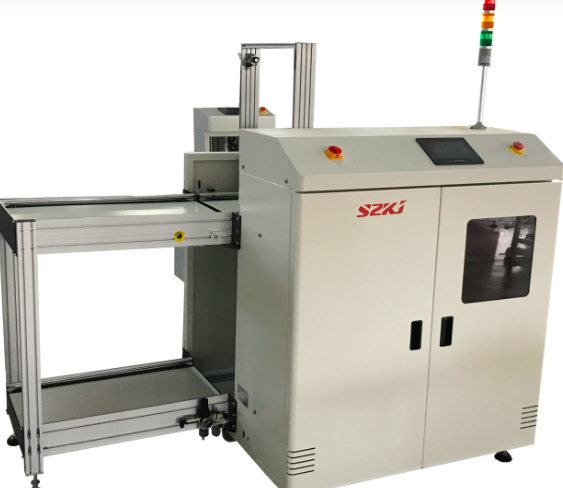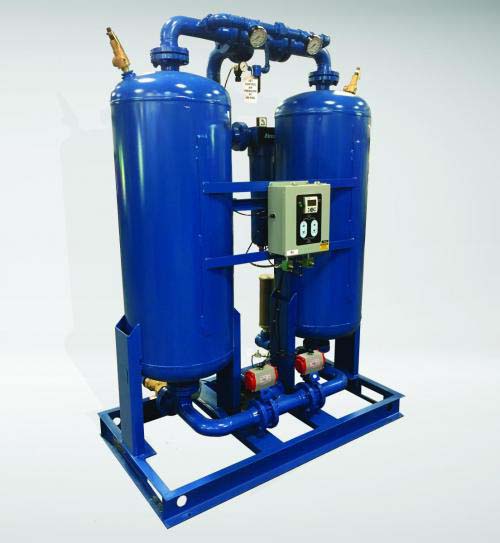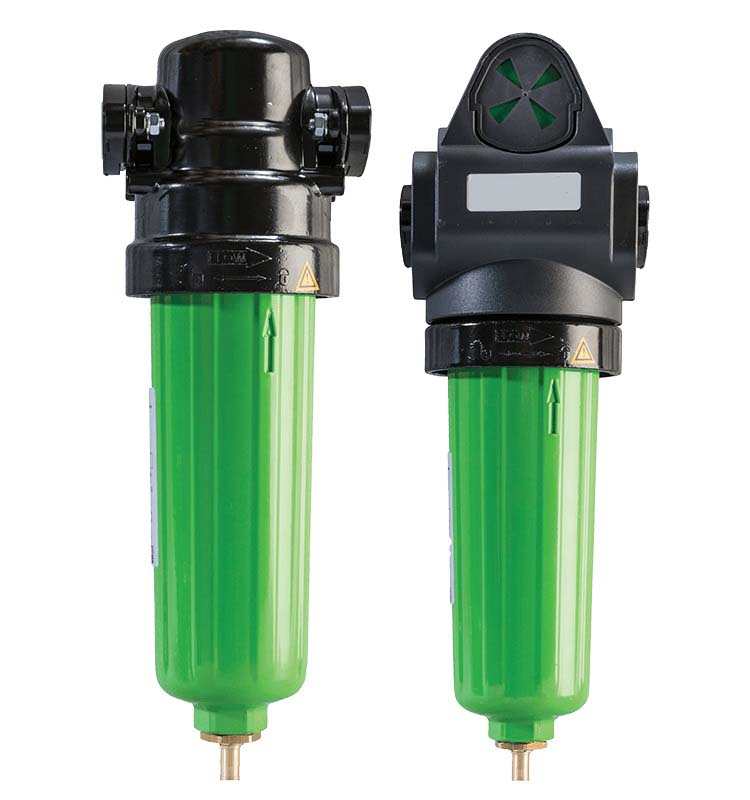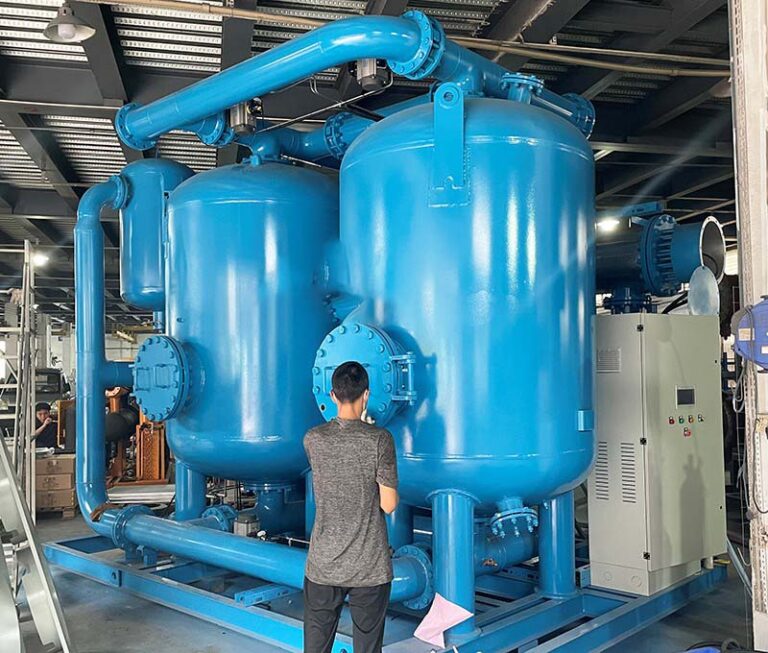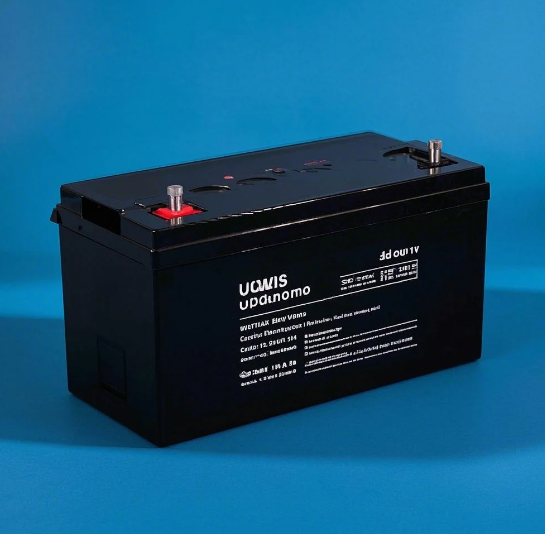目录
ToggleThe Evolution of Rice Packaging
Traditionally, rice packaging has relied on woven bags due to their robustness and ability to carry varying weights, from several kilograms to dozens. Plastic woven bags have been the preferred choice, offering durability and convenience. However, recent market shifts have introduced larger 5-kilogram rice bags with captivating designs. Catering to consumer preferences for both aesthetics and functionality.
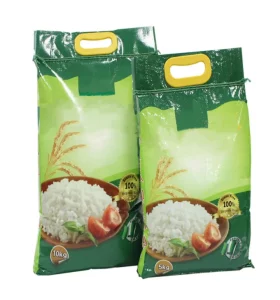
Factors Influencing Consumer Preference
The allure of rice packaging extends beyond its practicality, encompassing aspects of branding, sustainability, and consumer engagement. Several key factors influence consumer preference:
Material Innovation: The choice of material is crucial in addressing consumer concerns about environmental impact. Manufacturers are increasingly exploring eco-friendly options, such as biodegradable plastics or recyclable materials, to align with consumer values and reduce ecological footprint. Furthermore, advancements in packaging technology have enabled the development of lightweight yet sturdy materials, reducing the overall environmental impact of production and transportation.
Design Creativity: Innovative packaging designs play a pivotal role in capturing consumer attention and fostering brand recognition. From vibrant colors to intricate patterns, visually appealing packaging enhances product visibility and consumer appeal on store shelves. Additionally, brands are leveraging digital printing techniques to create personalized and customizable packaging solutions. Allowing for greater flexibility and creativity in design.
Functional Features: Convenience-driven features, such as resealable closures or easy-pour spouts, enhance the user experience and differentiate brands in the competitive market landscape. Additionally, informative labeling provides consumers with essential product information, including origin, nutritional value, and cooking instructions. Moreover, packaging innovations, such as vacuum-sealed bags or zip-lock closures, extend the shelf life of rice, reducing food waste and enhancing overall sustainability.
Sustainability Initiatives: Brands are increasingly prioritizing sustainability in their packaging practices. Adopting initiatives such as reducing plastic usage, implementing recycling programs, and supporting eco-friendly supply chains. These efforts not only resonate with environmentally conscious consumers but also contribute to long-term brand loyalty and corporate responsibility. Furthermore, brands are actively engaging consumers in sustainability initiatives through educational campaigns. Product labeling, and transparent communication, empower consumers to make informed choices and drive positive change.
The Path Forward
In conclusion, the evolution of rice packaging reflects a broader trend towards consumer-centricity and sustainability in the packaging industry. By embracing innovative materials, captivating designs, and sustainable practices, rice packaging can enhance consumer appeal while minimizing environmental impact. As consumers continue to prioritize sustainability and convenience, brands must adapt and innovate to meet evolving demands, fostering meaningful connections and driving long-term success in the dynamic rice packaging market. Through collaborative efforts between manufacturers, retailers, and consumers. The future of rice packaging holds promise for a more sustainable and consumer-friendly approach that benefits both people and the planet.
0